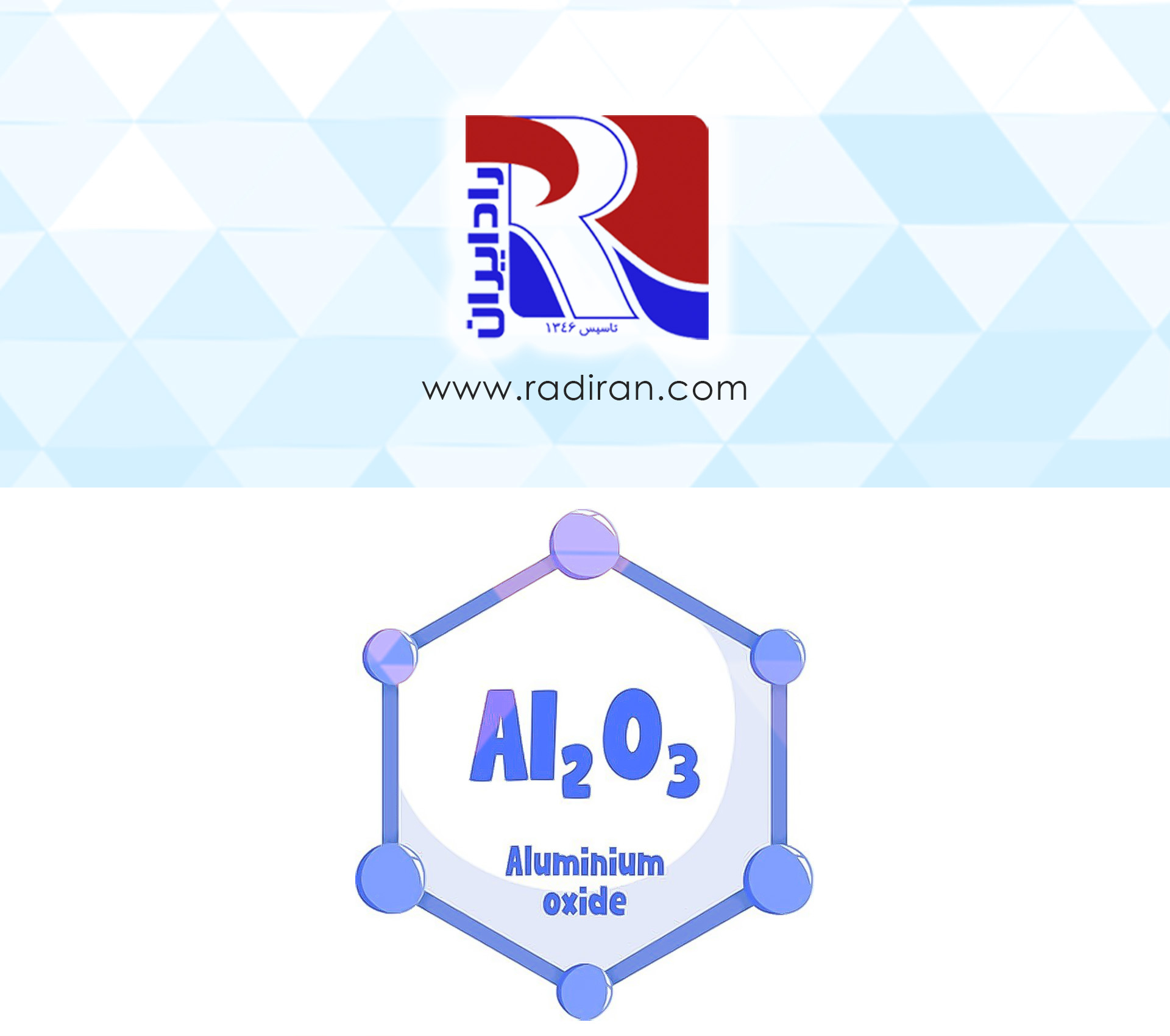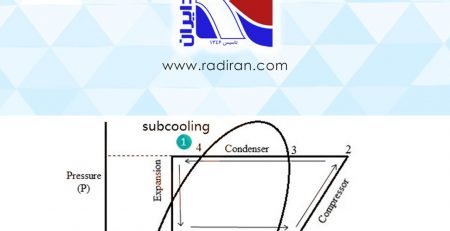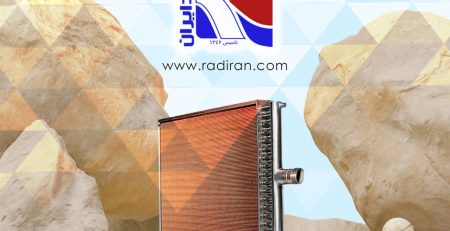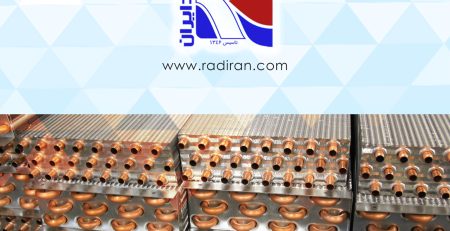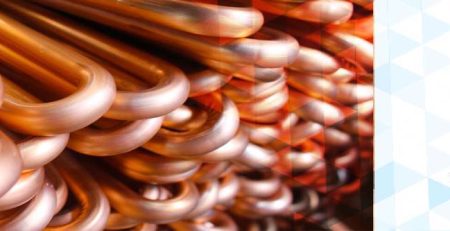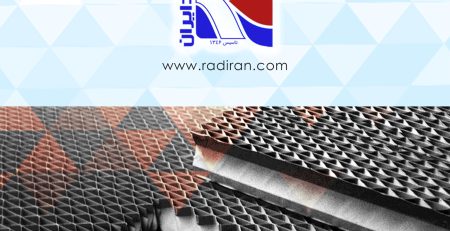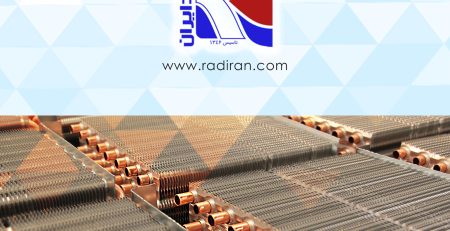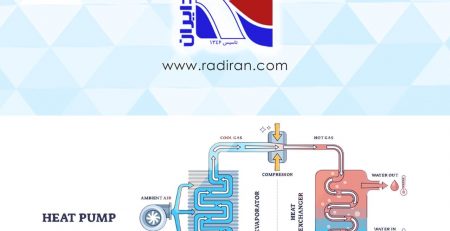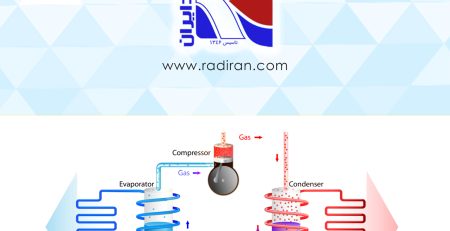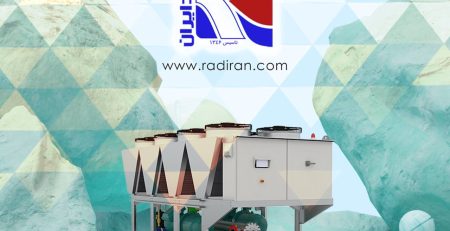The Role of Aluminum Oxide in Fin Tube Coils Aluminum Fins and Copper Tubes
Effects on Heat Transfer and Corrosion
Aluminum oxide (Al2O3), present as an oxide film on aluminum fins or as suspended/ deposited particles, has both positive and negative effects on the performance of fin tube coils (aluminum fins with copper tubes). Below is a concise review of these effects and the underlying mechanisms.
Positive effects
• Surface protection: A passive aluminum oxide film can act as a relatively stable protective layer that inhibits further corrosion of aluminum. This layer shows reasonable resistance to mildly acidic or alkaline environments and prevents release of aluminum ions into the surroundings.
• Mechanical stability: A well adhered oxide film may reduce mechanical wear of the fins and help preserve fin geometry, which over time can reduce deformation and excessive pressure drop.
• Barrier to aggressive species: The oxide layer can limit direct contact between the corrosive medium and the base metal, thereby reducing the likelihood of aggressive ions reaching adjacent components such as copper tubes.
Negative effects
• Reduced heat transfer coefficient: The main negative impact is increased surface thermal resistance. Even thin oxide films have much lower thermal conductivity than the base metals; therefore, oxide on fins or tubes reduces the local heat transfer coefficient and lowers overall heat exchange effectiveness. Accumulation of oxide particles or thick oxide crusts in airflow paths further impairs thermal conduction.
• Surface heterogeneity and increased film resistance: Discontinuous or spalling oxides create local thermal contact resistance and may disrupt airflow near the surface, reducing convective heat transfer and coil performance.
• Promotion of galvanic corrosion: If oxide formation alters electrical contact between aluminum fins and copper tubes (for example through patchy coatings or conductive pathways), the galvanic coupling between Al and Cu can be exacerbated. Incomplete or porous oxide films may allow localized galvanic cells to form, potentially accelerating corrosion of copper in certain areas.
• Fouling and blockage: Detached oxide particles can collect in air channels or fin gaps, obstructing airflow and further degrading heat transfer and system efficiency.
Summary
Aluminum oxide can be both protective and detrimental: thin, continuous oxide films typically protect aluminum from general corrosion, while thick, heterogeneous, or particulate oxide deposits increase thermal resistance, reduce heat transfer performance, and may worsen galvanic corrosion under some conditions. Effective management—through surface treatments, appropriate coatings or insulating layers at Al–Cu interfaces, regular cleaning, and maintenance—is necessary to balance corrosion protection with optimal heat transfer in fin tube coil systems.

